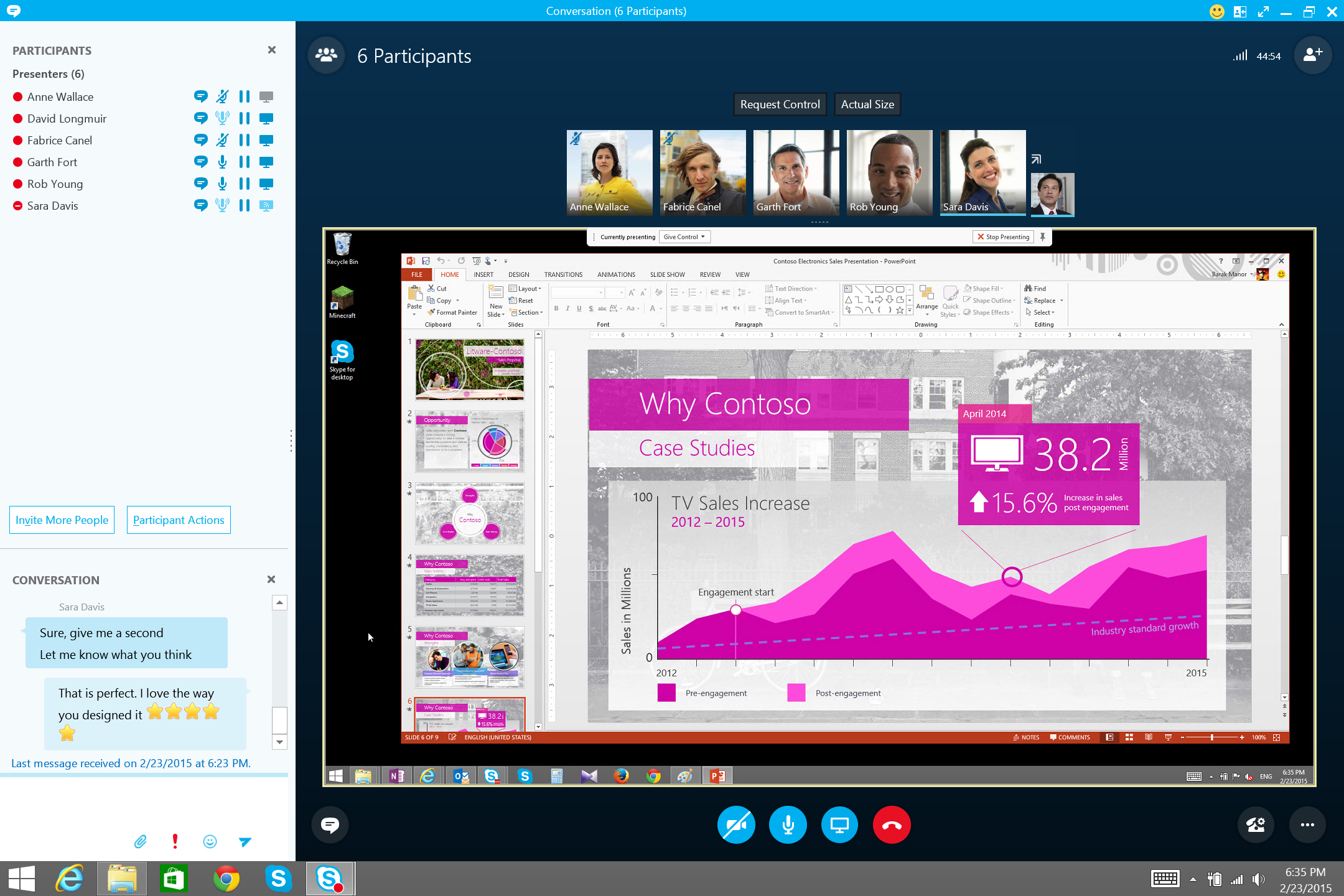
Many businesses are moving away from on-premises solutions to avoid high capital expenditure and what is widely regarded as a higher total cost of ownership (TCO) compared to hosted cloud services. These can be variously viewed as advantages or disadvantages, depending on your viewpoint. Running Skype for Business Server Edition requires customers to buy the software up front and then configure and install it on their IT network.

Part of the broader Office softwa re suite which includes Office programs, Exchange Server and Sharepoint Server, it was the direct replacement of Lync Server. Skype for Business Server Edition is the on-premises software solution. In this article, we compare the Skype for Business editions available with the key facts you need to know when making your choice. This level of choice is great for the end user, but it also requires an understanding of the different options so the right decision can be made. A key part of that was to offer a flexible range of deployment options covering cloud and on-premises so every potential customer could use Skype for Business in a way that best suited its operations and objectives. When Microsoft decided to replace its Lync UC platform with Skype for Business, the intention was to create a complete end-to-end enterprise class communications and collaboration solution. While it shares many features with Skype – user-friendly access to voice, video and IM, for example – Skype for Busi ness also does so much more.
Skype for Business is much more than a business-focused repurposing of the famous peer-to-peer communications app it shares its name with.


 0 kommentar(er)
0 kommentar(er)
